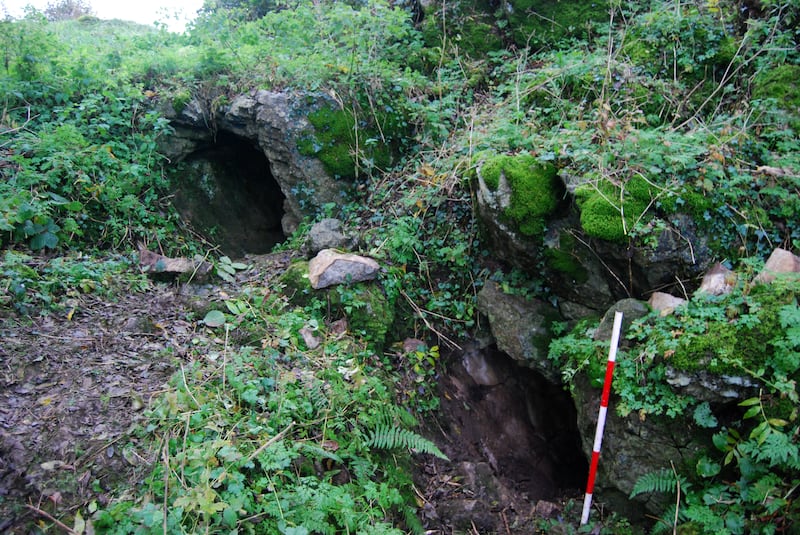Scientists examining the teeth of a man who lived more than 4,000 years ago in what is now Co Limerick have determined that he was at “a high risk of developing cavities right before his death”.
Working on the remains of two teeth found in a limestone cave, the scientists were able to provide a first high-quality ancient genome of Streptococcus mutans, the big culprit behind tooth decay.
They also identified several bacteria linked to gum disease.
The study, carried out by scientists at Trinity College Dublin in collaboration with archaeologists from the Atlantic Technological University and the University of Edinburgh, is published on Wednesday in the journal Molecular Biology and Evolution.
READ MORE
Researchers said the remarkably preserved “microbiomes” from the two teeth reveal big changes in the oral micro-environment from the Bronze Age to today and show the impact of changing human diets over the centuries.
The sampled teeth were part of a larger skeletal assemblage excavated from Killuragh Cave by the late Peter Woodman of University College Cork. Although other teeth in the cave showed advanced dental decay, no cavities were visible on the sampled teeth.
However, one tooth produced an unprecedented amount of Streptococcus mutans DNA.
“We were very surprised to see such a large abundance of Streptococcus mutans in this 4,000-year-old tooth,” said Dr Lara Cassidy, an assistant professor in Trinity’s School of Genetics and Microbiology, who was the study’s senior author.
“It is a remarkably rare find and suggests this man was at a high risk of developing cavities right before his death.”
The researchers also found that other streptococcal species were virtually absent from the tooth. This indicates the natural balance of the oral biofilm had been upset – mutans had outcompeted the other streptococci leading to the pre-diseased state.

The team also found evidence to support the “disappearing microbiome” hypothesis, which proposes modern microbiomes are less diverse than those of our ancestors. This is cause for concern as biodiversity loss can impact human health.
The two Bronze Age teeth produced highly divergent strains of Tannerella forsythia, a bacteria implicated in gum disease.
“These strains from a single ancient mouth were more genetically different from one another than any pair of modern strains in our data set, despite the modern samples deriving from Europe, Japan and the USA,” said Iseult Jackson, a PhD candidate at Trinity, who was first author on the study. “This represents a big loss in diversity and one that we need to understand better.”
Very few full genomes from oral bacteria have been recovered from before the Medieval era. By characterising prehistoric diversity, the authors were able to reveal significant changes in the oral micro-environment that have happened since.
Dr Cassidy added: “Over the last 750 years, a single lineage of T. forsythia has become dominant worldwide. This is the telltale sign of natural selection, where one strain rises rapidly in frequency due to some genetic advantage it holds over the others. T. forsythia strains from the industrial era onwards contain many new genes that help the bacteria colonise the mouth and cause disease.
“S. mutans has also undergone recent lineage expansions and changes in gene content related to pathogenicity. These coincide with humanity’s mass consumption of sugar, although we did find that modern S. mutans populations have remained more diverse, with deep splits in the S. mutans evolutionary tree predating the Killuragh genome.”
In effect, both these disease-causing bacteria have changed dramatically from the Bronze Age to today, but it appears that very recent cultural transitions, since the industrial era, have had an inordinate impact.
This work was funded by a Wellcome Trust Institutional Strategic Support Fund and an Irish Research Council Laureate Award and supported by the Science Foundation Ireland Centre for Research Training in Genomics Data Science.
- Listen to our Inside Politics Podcast for the latest analysis and chat
- Sign up for push alerts and have the best news, analysis and comment delivered directly to your phone
- Find The Irish Times on WhatsApp and stay up to date












